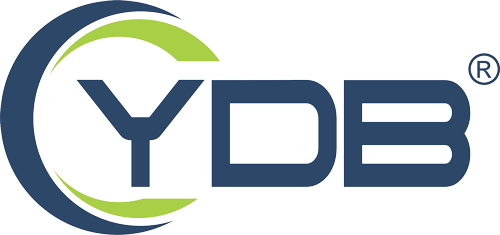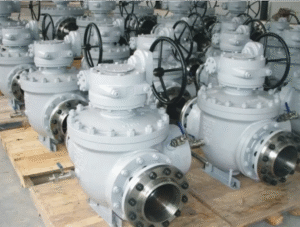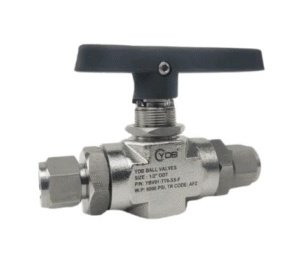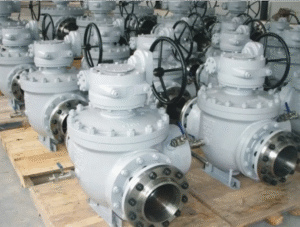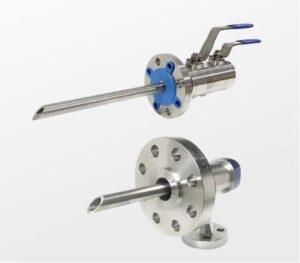Monoflanges and Equipment Manifolds are used as an option to multivalve systems. Monoflange valve manufacturers ensure the valves are specifically developed to include gauge or transmitter devices with a compact installation, despite other equipment, an application where a mono flange is used. Two valves are used, for instance, instead of using one valve and relying on it to close so that a transmitter can be isolated. Instead of the two valves, a double block and bleed mono flange can be used. It takes the need for two valves away and transforms everything into one.
There are two valves on the mono flange closed, and a vent opened to reduce the pressure between them. It has minimized weight and minimal leak paths, offering a device of greater integrity. The reduced installation duration also reduces the vibration risk of injury.
Monoflange manifolds may be installed directly on vertically or horizontally flange connections, making it easier to keep the gauge upright. A Monoflange provides isolation, venting, and instrument mounting in a single compact unit for both primary isolation double block and bleed and instrument block and bleed duties. Monoflange valve Supplier prioritizes the designs integrate safety characteristics that restrict vibration and reduce a gauge installation’s overall height.
Functionality
However, this model contains all convention models’ honesty features and provides even more protection and cost-saving features. Monoflange valve manufacturers ensure instrument tubing, fittings, and threaded connections; the specification removes the necessity. Mono Flange Direct can be provided in a direct mount version, or an interface mounting plate can be made easier if necessary.
Instrument manifolds are a type of process connection device for differential pressure measurement applications that provides isolation, venting, and equalization. Like pressure transmitters, gauges, or other pressure sensing devices, manifolds are usually used for other measurement instruments.
Various Uses
Wherever there is an integral flange, the valve can also be used to attach pressure instrumentation. They can also be positioned between devices to satisfy the system’s different design requirements. In favour of flange adapters, a single type of integral design is used. The presence of separate valves would decrease the number of routes where possible leaks will occur, providing a compact system.
In upstream onshore/offshore oil gas sectors, monoflange valves are used; this valve is alsosuitable for many other applications. To reduce the weight and size of the pipe and valve assemblies used for vent, calibration, and main or/and secondary insulation, they are often used with gauge pressure instruments.
From small mobile machines to heavy industrial plants, valve manifolds can be useful in many cases. Valve manifolds increase performance and reduce energy costs by centralizing any fluid control system.
In regulating the flow of liquids and gases, valves are used to manage many functions. To ensure that you choose the correct valve for your application with so many choices available, it is necessary to look at different factors and consult the monoflange valve Supplier for detailed information about the valves.
